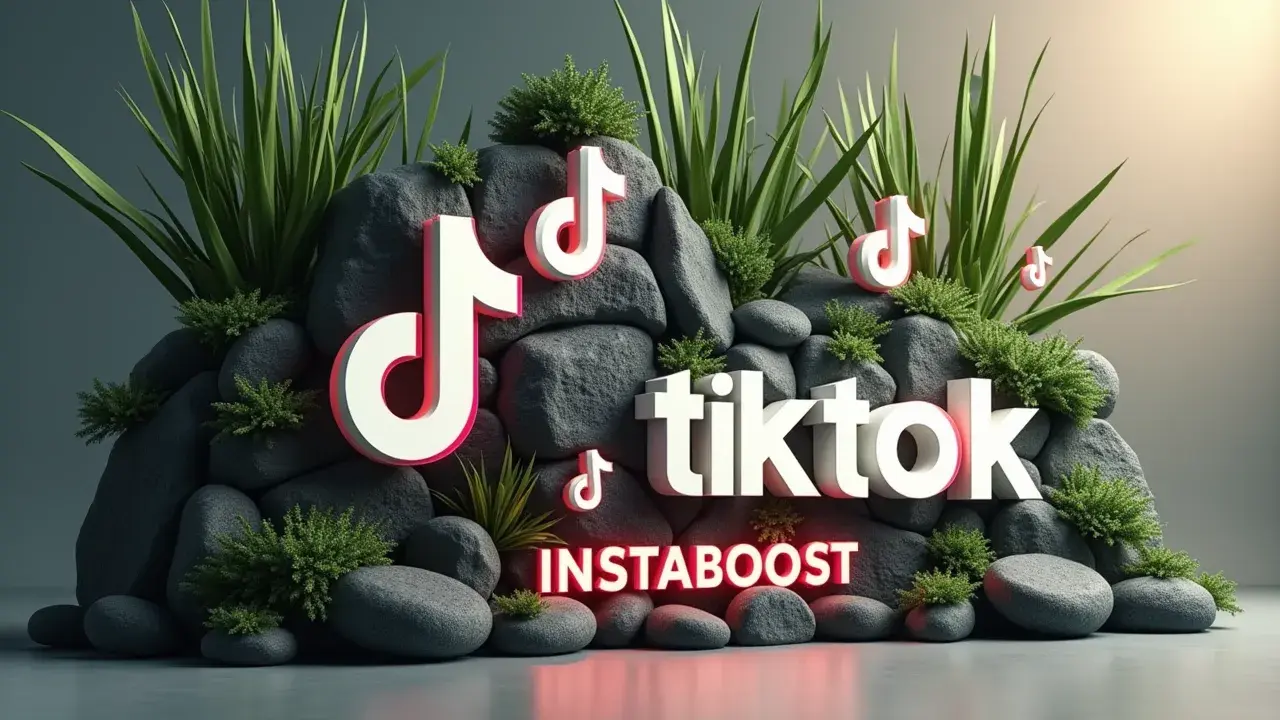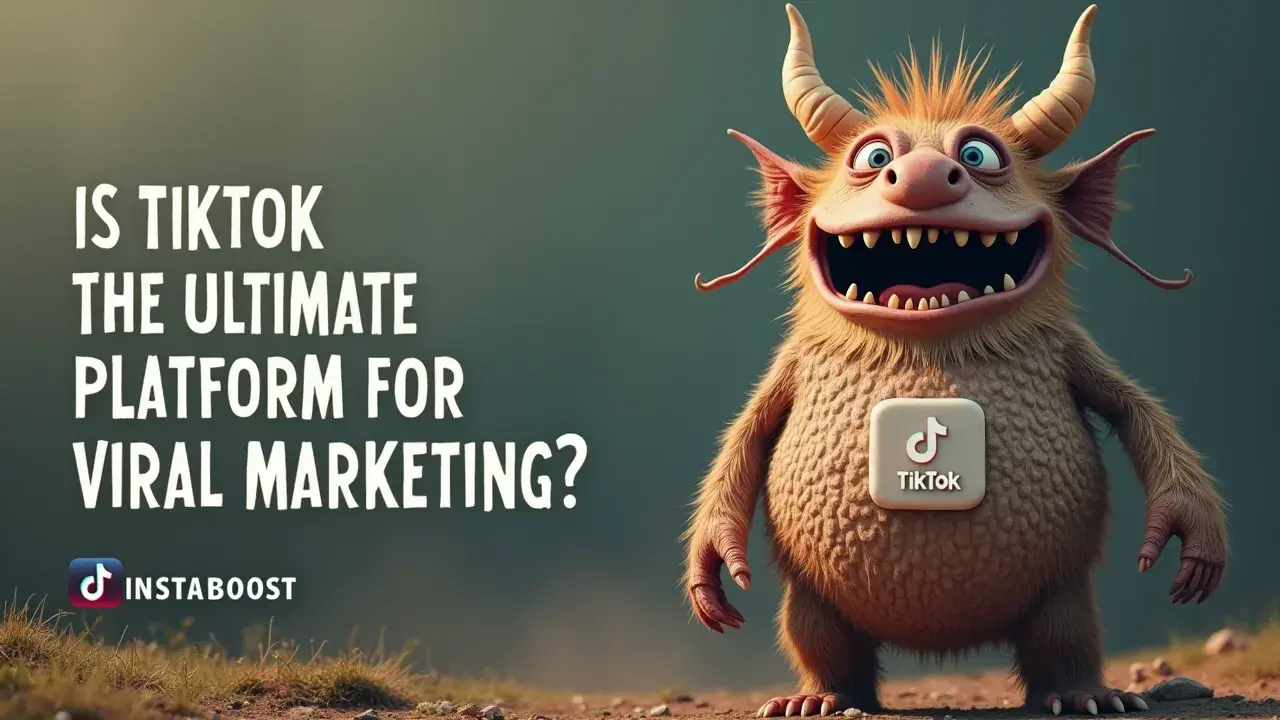Is TikTok the Ultimate Platform for Viral Marketing?
TikTok can be a powerful driver of viral growth when content fits quick storytelling and repeatable moments. Early momentum in the first hour is a key signal that can compound reach, especially with consistent posting and basic measurement. Clear, benefit-focused CTA phrases placed near key moments may lift saves, strengthen watch time, and surface patterns worth repeating. The smart path is aligning format and cadence to audience behavior for steady awareness gains.
Rethinking “Viral” on TikTok
Calling TikTok the place for viral marketing misses the better question: viral for what? The real strength isn’t reach alone; it’s the format. Short video, sound-led editing, and the For You feed turn a small idea into fast distribution.
Trends act like shared building blocks – sounds, filters, caption formats you can slot into – so ideas stack and spread. But “going viral” isn’t a goal by itself. A million views is a sugar high if the audience, context, and follow-up don’t translate to brand value. The brands that do well aren’t louder; they move quickly, they’re funny without trying too hard, and they can speak in a platform-native way without sounding like a meeting pretending to be casual. That’s where dry, self-aware humor becomes useful. On TikTok, a wink at the sales pitch can build trust: you’re clear about intent, and the sell feels lighter and more honest.
The platform rewards that because it matches how people use it – joining in beats showing off, and wit beats polish. The tradeoffs are real, though. Creative pace is demanding. Chasing “relevance” can slide into pandering.
And one joke missing the mark – especially if a sound takes off outside your plan – can create a mess. If you’re weighing TikTok for brand work, the better question isn’t “Can we go viral?” but “Do we have a repeatable way to turn attention into outcomes – traffic, signups, sales, or lasting affinity?” This piece tries to separate the mechanics from the mythology, and when short-form video marketing actually multiplies your effort versus when it’s just noise with a good hook and a few pragmatic hygiene steps like a cleaner bio and TikTok profile upgrade that don’t pretend to be a strategy on their own.

Receipts Over Reach
Skepticism is healthy, so let’s start with proof. “Viral” on TikTok often looks like a sharp spike, but what makes the platform credible comes down to three repeatable mechanics: distribution, remix, and intent. First, distribution: the For You feed runs on a taste graph, not a follower graph, so small accounts can land big reach when watch time and completion rate jump in the first 500 – 2,000 views.
Second, remix: sounds and green-screen stitches turn ideas into templates. When a concept is easy to reuse, it scales through creator participation, not ad spend. Third, intent: TikTok search has grown up. Queries like “best budget espresso machine” or “is retinol worth it” surface creator reviews alongside brand posts, and those clips convert because they read as proof, not pitch, a reminder that followers – organic or otherwise, including the noisy market for things like real tiktok followers – are a vanity metric without evidence. That’s the core of viral marketing here: credibility isn’t the loudest ad; it’s the most imitated, stitched, and searched.
So the better test isn’t “Did we go viral?” but “Did others use our idea to persuade their audiences?” Watch for copycat hooks, sound usage, saves, and search appearances – signs your creative moved from entertainment to social proof. One caveat: spikes without scaffolding don’t create brand value. Tie the format to a trust asset – a clear demo, transparent pricing, or a specific point of view – and irony turns into a confidence cue instead of a throwaway punchline. If TikTok is the strongest platform for viral marketing, it’s because the format lets evidence travel: side-by-side tests, before/after cuts, and stitchable claims people can verify in public. That’s not reach; that’s receipts.
Strategy That Survives the Spike
If a strategy makes you feel safe, it’s probably not strategy. On TikTok, the only steady plan is one that assumes things will swing and builds for it. Treat the app like a lab, not a billboard. Break ideas down to the smallest unit – one hook, one angle, one sound – and test 5 – 10 quick versions. Don’t start your KPIs with views. Start with watch time and completion, then look at saves and shares, and only then what you can track off-platform, keeping in mind that surface metrics like likes for better tiktok visibility can be misleading without depth.
Think receipts over reach: tie every piece to a job – introduce, qualify, convert – and decide which metrics signal progress for that job. The For You feed gives small accounts a shot, but it punishes fuzzy tests. Set up learning loops you can measure. Build for remixing from the start: assets that invite stitches, green screens, and duets so the idea can move without you touching every hop. Use honest humor as a trust signal – dry, self-aware, willing to surface objections in public – to lower friction. Operationally, run two cadences: an always-on rhythm for format learning (daily or close to it) and sprints for product moments.
If a format stalls three posts in a row, retire it. Set guardrails so you can move fast without legal anxiety: pre-approved topics, claims, and reply rules. And budget for the costs that come with spikes: creative fatigue, community moderation, reputational risk. Strategy on TikTok isn’t a calendar; it’s a decision system that turns swings into compound learning, so the next spike is less lucky and a little more earned.
Virality Isn’t Value
Let’s stop chasing unicorns and build something real. TikTok can hand you a million views overnight, but a view doesn’t mean much if it doesn’t turn into recall, favorability, or sales. Its taste-graph distribution, remix culture, and intent signals make spikes likely; they don’t make outcomes inevitable.
Treat virality like weather: useful when it gives you a tailwind, not a plan you can follow. Ask plainer questions. What share of viewers still remembered you two days later?
Did brand or product search go up in the markets you care about? Did your average order value change when traffic came from TikTok compared to Meta or YouTube Shorts? If your wins depend on sounds, trends, or creators you don’t control, you’re renting attention at premium rates, and shortcuts that promise to grow tiktok video views won’t change the math if those views don’t translate into lift you can measure. That can be great for learning fast, not for compounding value over time. The pushback here is discipline: decide on a few conversion proxies before you post – brand search delta, email signups per 1,000 views, saves, repeat watches from non-followers – and cut ideas that can’t move at least one of them.
Make work that can outlive the spike: modular edits you can run as ads, cutdowns for Shorts and Reels, a landing page that matches the joke and captures intent. And price in the reputational cost: ironic humor lowers defenses, but if the punchline is “we’re in on the joke” and the product can’t deliver, you’re training people to be cynical. TikTok is a strong lab for message – market fit and social listening; that doesn’t make it the best place for “viral marketing” – it makes it the fastest way to see if virality can turn into brand value. Use it to test hypotheses, then put money where retention actually lives. Relevant term: brand lift.
The Only Honest Answer: It Depends – So Build for “Else”
This might stick with you – and that’s useful. Whether TikTok is right for viral marketing depends: yes for reach and speed, no for durable brand value unless you design your system for “else.” TikTok is an amplifier, not a strategy. If you accept that virality isn’t value, and that only a plan that survives the spike matters, the move becomes simple: build for outcomes you control. Set up a clean conversion path that turns attention into recall and recall into revenue. Capture an owned audience. Make the offer plain.
Track what’s real by separating novelty from actual lift. Use humor and transparency as operating principles, not tricks. Irony on TikTok works because it lowers defenses; use it to tell the truth about the product, then back it up with proof – demos, receipts, stitched customer results. Build a modular creative system so you can move fast without chasing trends: three angles, two hooks, one proof asset per concept. Measure the right signals: saves as a proxy for memorability, comments for intent, click-through for relevance, and delayed lift for true sales attribution.
When a video pops, shift distribution to channels you own. When it doesn’t, take the learning and run the next test. Set an off-ramp, too – a clear line for when the joke starts to turn on you, because reputation compounds faster than views. Is TikTok the ultimate platform for viral marketing? It’s the best lab for finding resonance at scale – if the lab serves the business, not the other way around. The win isn’t the spike; it’s the system that turns spikes into brand equity, customer lists, and a cheaper next sale. Not safer. Smarter. And repeatable, when the next spike shows up and you’re already set up to catch it, or let it pass without panic and treat the noisy metrics with skepticism rather than trying to buy real TikTok shares as a shortcut that clouds what’s actually working.
Start With the Only Honest Question
Is TikTok the best place for viral marketing, or a quick way to mistake reach for impact? The plain answer is: it depends – so plan for what happens off the app. TikTok’s taste-graph can throw you way beyond your usual audience and give you algorithmic lift, but views don’t mean much unless they become recall, preference, or sales.
Treat spikes like weather: enjoy the tailwind, but don’t build on it. The brands that hold onto value decide what happens after the swipe, after the laugh, after the save. That looks like setting up conversion paths you own – email capture, a clear landing page, a low-friction checkout – and building creative around a portable idea that still makes sense when someone duets it or crops it.
Use ironic humor to lower defenses, not to dodge saying anything real. Make formats work for you: lead with sound, edit fast, and write for the comments because people read them before clicking through, and remember that chasing affordable TikTok bundles won’t substitute for resonance. Then do the math: the cost of staying in the culture – constant creative output, higher risk tolerance, active moderation – has to line up with the upside you can measure. If you can’t keep that pace, you’re relying on luck. If you can, TikTok is an amplifier, not a strategy – it speeds up ideas that were already built to travel. What follows looks at the mechanics behind those tradeoffs, when TikTok “virality” supports brand value, and when it turns into spend that burns through budget and goodwill. Short version: design for outcomes you can track elsewhere, and treat algorithmic reach like wind in the sails, not the map you’re using to steer.















